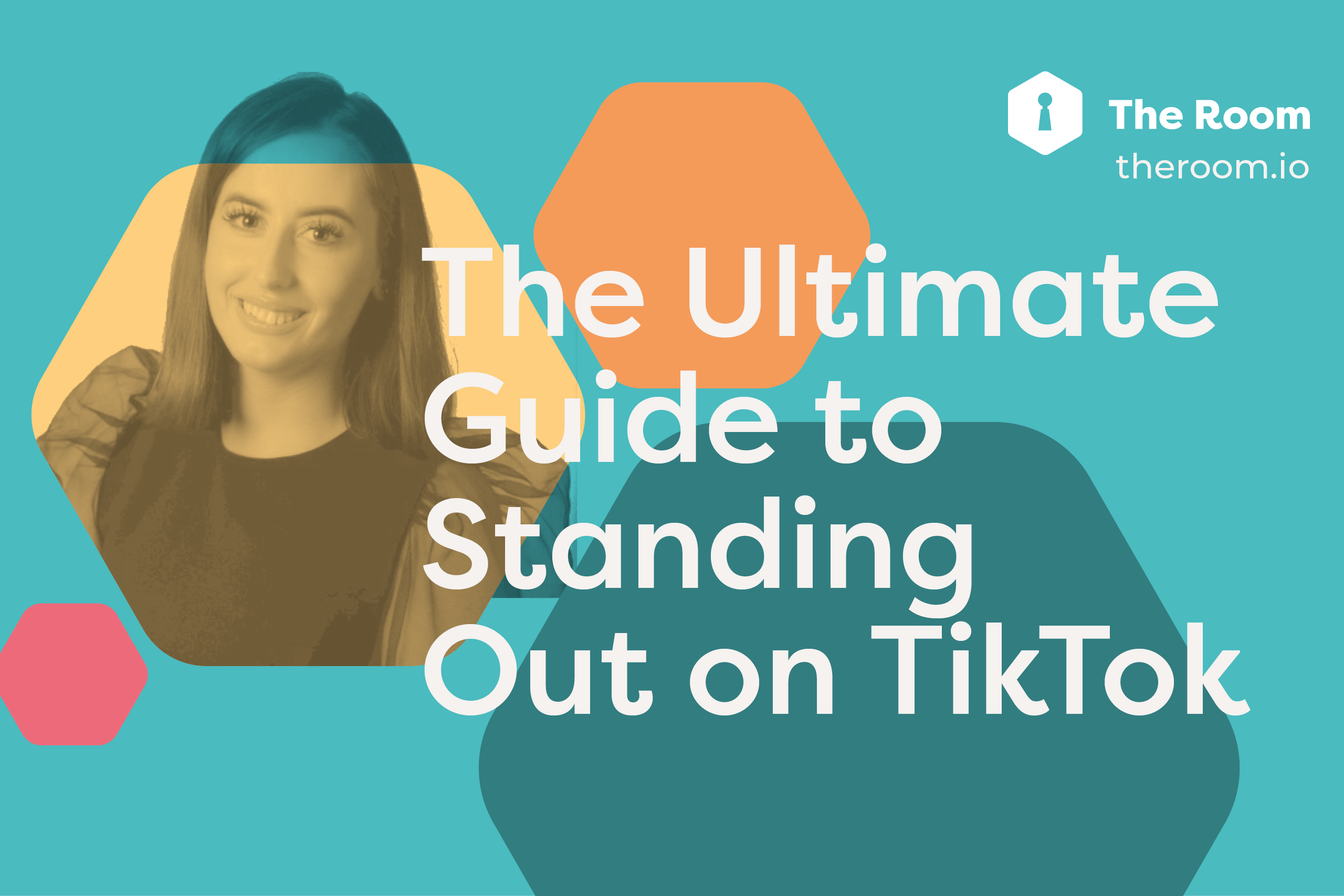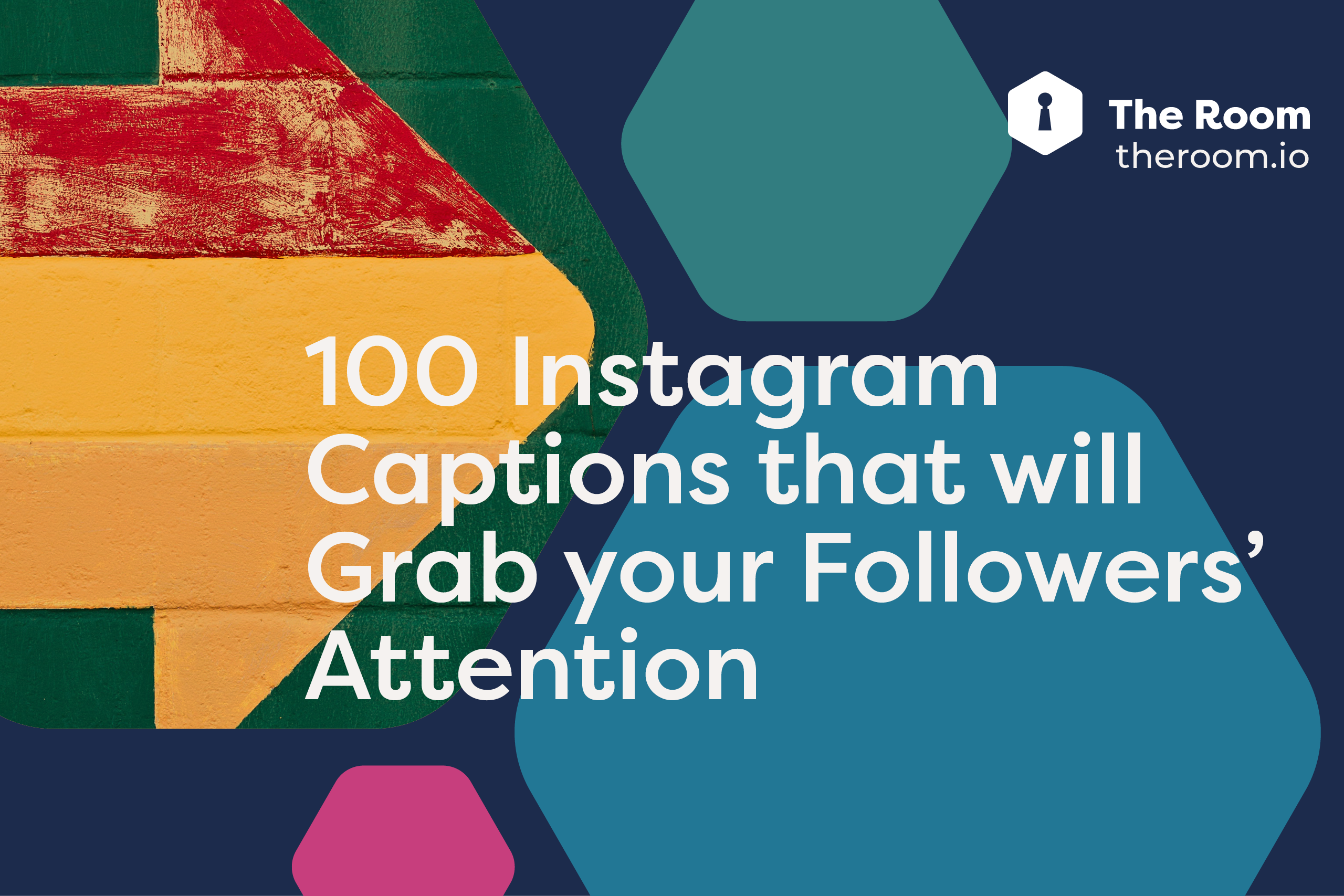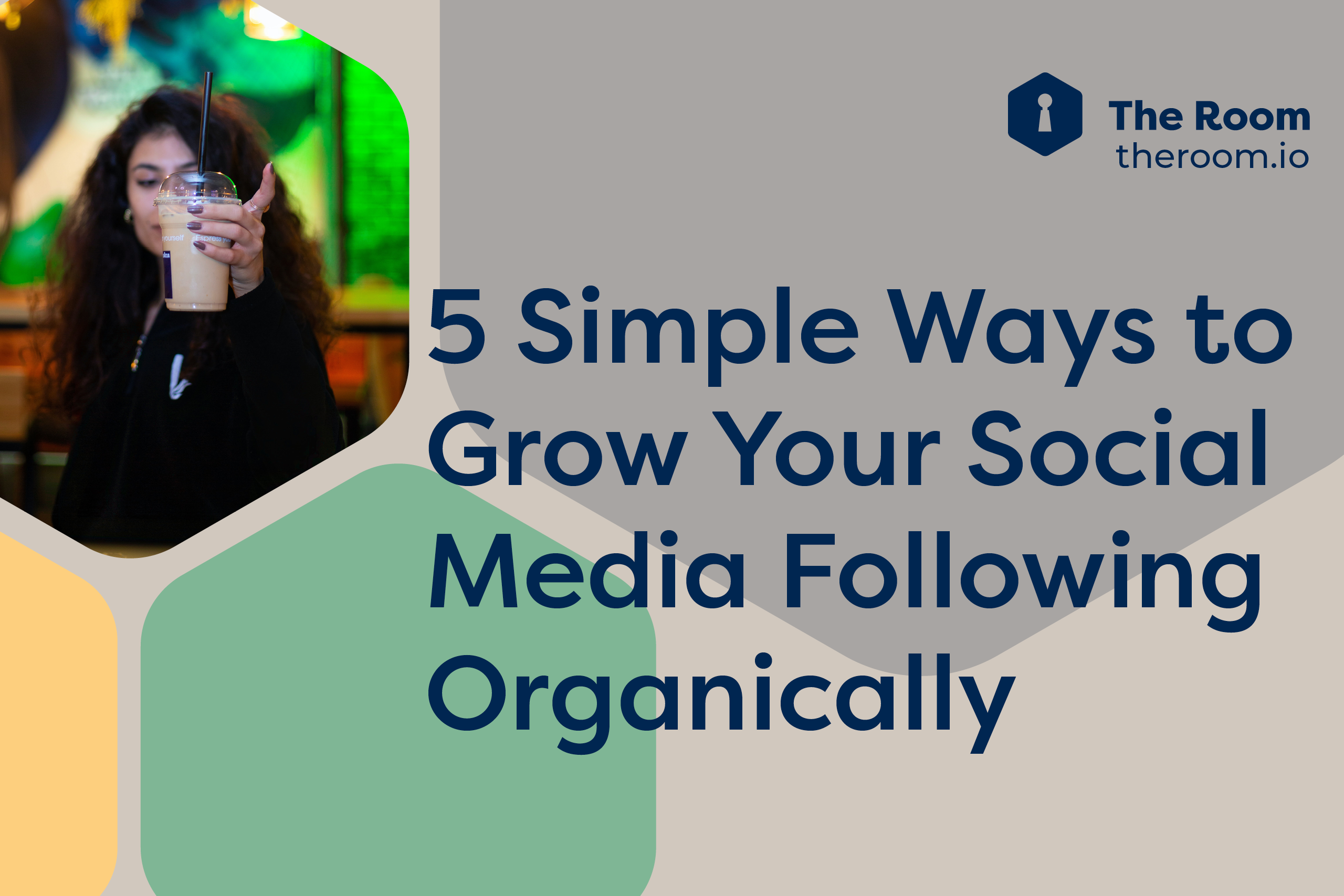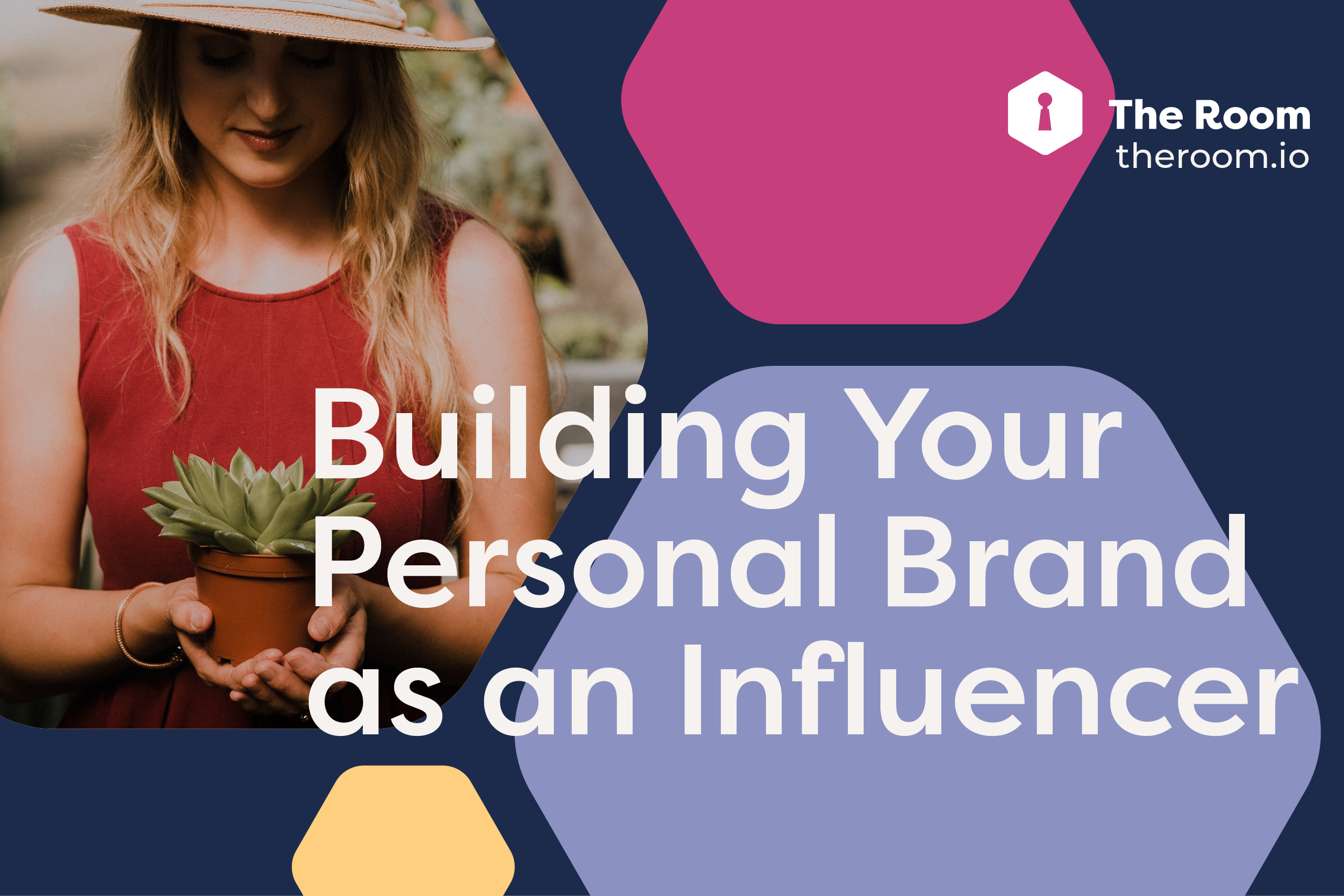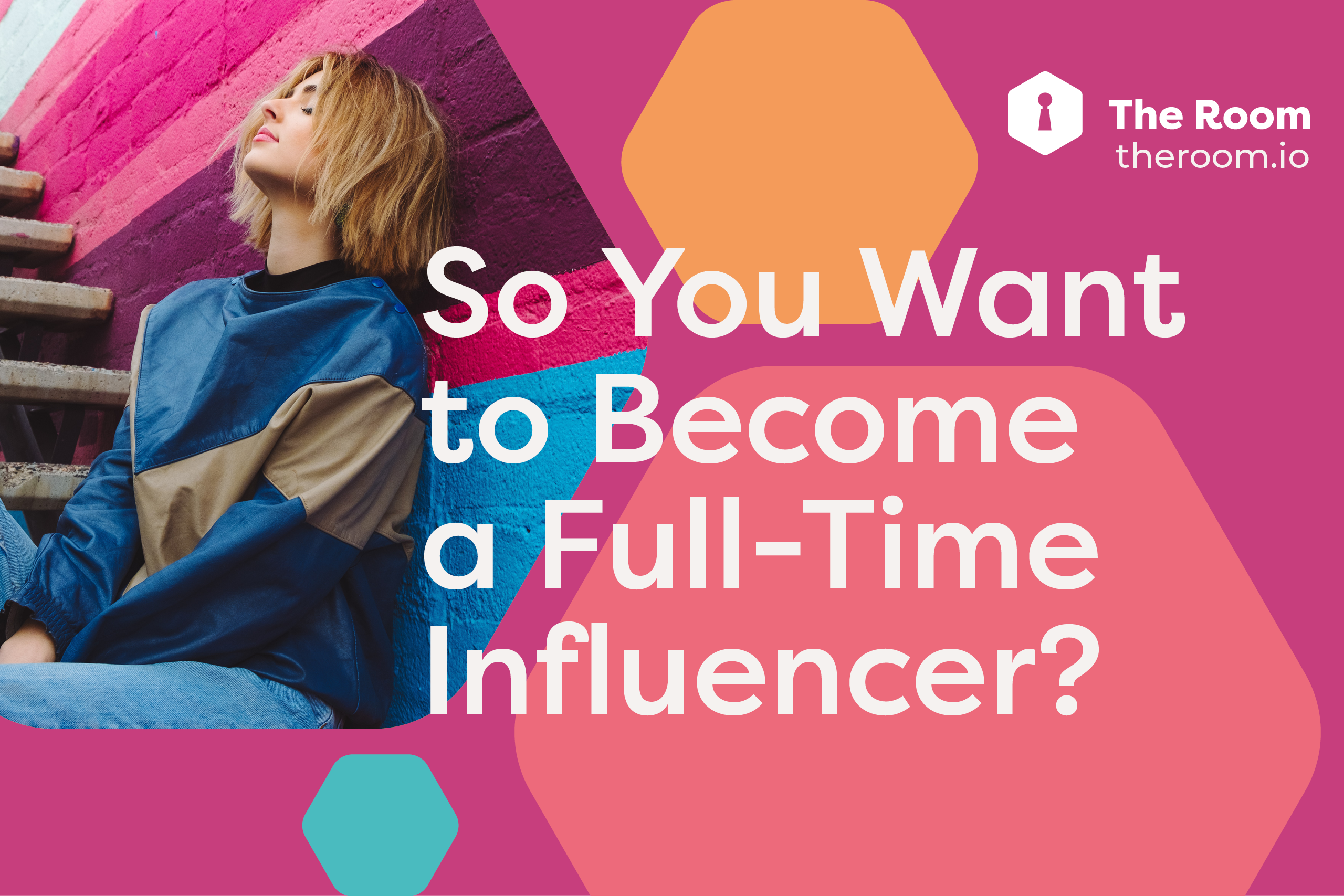There’s no magic trick to standing out on TikTok. There’s no one type of content or engagement hack that consistently produces results across the board. And that’s a good thing! If everyone could go viral, no one ever would.
But here’s the best part: there are still ways to build the kind of TikTok platform that promotes consistent growth. By nailing the steps in this guide, you’ll put yourself in the best position to stand out long-term.
With proper planning and execution, you can hit the FYP more regularly and keep your metrics trending in the right direction. Here’s the ultimate guide to standing out on TikTok.
Understanding The Algorithm
Social media platforms invest heavily in hiding the inner workings of their algorithms. While they develop parts of the code for a better user experience, they don’t want creators gaming the system - TikTok is no different. But, as an influencer-heavy platform, TikTok does offer its creators the guidelines for success.
For example, we know that the algorithm tracks the basic metrics used by other social media sites. Likes, comments, and shares are high-value metrics for a reason. They help gauge how audiences react to your content.
The speed of those interactions can matter almost as much as the number of them. TikTok videos that had a strong emotional opening out-performed neutral openings by 1.7x.
Crucially, the users who engage with your posts give the algorithm an idea of who to show the content to next. Even if we can’t access the code to see how each of these metrics is weighed, there are patterns here. Most social media apps develop their algorithms across the same general trends.
The largest platforms prioritise the same goals: put the right content in front of the right user, promote creators who keep people engaged, and increase active user time. These are the targets that underpin social media business models.
Find Your Niche
Now, it’s one thing to know what the TikTok algorithm expects, it’s another thing to feed it the right metrics. While tech companies develop in the same general direction, their apps need to be tailored to their unique userbases.
Before we can develop a content strategy, we need to know who we’re creating content for. So who’s on TikTok? Statistically, Gen Z internet users dominate TikTok’s US markets. By age demographics, TikTok audiences can be divided as:
- 10-19 (25%)
- 20-29 (22.4)
- 30-39 (21.7%)
- 40-49 (20.3%)
There’s a significant overlap between older Gen Z and younger Millenial users. This goes beyond representation and into their shared consumer trends. Both fall into the “digital native” subgroup, a consumer base of young people who grew up almost exclusively in the internet era.
Why is this significant? Traditional media didn’t just shape the best practices for marketing to older generations. With the rise of social media, audiences could become more than passive observers.
Digitally native users curate their content, communities, and online experiences from the start. They expect the freedom older users didn’t start out with. This creates narrower but deeper marketing pathways. Their trust is harder to earn, but that’s what makes it so valuable.
Be Original
Creativity goes a long way to closing the consumer trust gap between TikTok audiences and creators. Digitally native users grew up bombarded with marketing content. In 2015, Facebook even updated its algorithm to downvote overly promotional posts. The user experience mattered that much.
The most tech-savvy consumer base in history can spot a hard pitch a mile away. The need to be original isn’t necessarily about being subtle about advertising. Younger generations still want the products and services that they want, but that’s now what they’re on TikTok for.
They come to the app for the experience. Community, connection, creativity 一 these are the experiences you need to offer to engage with TikTok audiences. This is so central to their expectations that it gave rise to a new strategy: experiential marketing.
Be Authentic
Originality and authenticity are inseparable in the eyes of TikTok users. Without one, you can’t be the other. Experiential marketing is how giants like Facebook were able to connect in a way only smaller, intimate brands could.
By leveraging their huge datasets, the company created Facebook IQ Live. This campaign created a personalised shopping experience based on the user’s consumer behaviours on social media.
The agency that created the campaign, Momentum Worldwide, explained why it was so effective:
"When we understand what matters to people ... we can be what matters to them."
While this represents the higher end of what’s possible in digital marketing, the insights are invaluable. 93% of the campaigns’ attendees reported exactly that. This wasn’t manufactured authenticity. Facebook was transparent about how the whole thing worked.
It was about taking online consumer behaviour and creating personalised experiences through it. Social media audiences know how valuable their user data is. It’s not often that tech giants return that value in new and interesting ways.
Originality and authenticity go hand-in-hand.
Use Hashtags
Of course, some of the classic tools are still just as effective. Hashtags are part of the reason social media apps tried to discourage overly promotional content. At their height, one or two was seen as fine. Any more would start making algorithms suspicious.
TikTok, however, embraces them as part of the user experience. They integrated them into the app to make it easier for users to sort through content. Viral content to be exact. TikTok’s Vine-like love of short-form content makes it easy for interactive trends to take off.
These trends create large swaths of user-generated content. The best videos end up on the Discovery and FYP tabs daily. TikTok uses these for initial engagement. Once users click on a trending video, they can scroll through related content with a single swipe.
By pressing the hashtag embedded in the caption, TikTok will show them a curated page of similar videos. If you want to stand out during UGC campaigns, hashtags are vital. This is a feature TikTok has been vocal about investing in:
“We focused on Branded Hashtag Challenges - where brands trigger user-generated content by issuing challenges. Influencers, called creators on TikTok, typically start the process, then users submit videos - often involving singing, dancing or comedy - in the hope of winning a prize or going viral.”
Be Consistent
Active users and time spent online are two metrics social media platforms always track. These key performance indicators (KPIs) offer solid insights into growth and usage trends, monthly, quarterly, and annually.
Knowing this, it makes sense why consistency is one of the most heavily weighted traits social media algorithms track. It’s why, after a brief hiatus, you might notice your engagement isn’t as high as when you left. Consistency in creators keeps their followers on the app.
It drives engagement.
Your TikTok strategy should create enough content to regularly feed the algorithm. Regularity matters more than frequency. Huge deviations from week to week aren’t as valuable as metronomic posting.
Engage with Your Followers
Finally, if you want to stand out on TikTok, you have to engage with your audiences. It’s non-negotiable because of the value it provides everyone involved. Audiences appreciate brands and personalities who take the time to respond to comments and drive conversations.
Algorithms weigh user interactions in your favour. As for your content, back-and-forth interactions all count towards your engagement metrics. By responding to your followers, you maximise the engagement you can create and truly stand out on TikTok.
